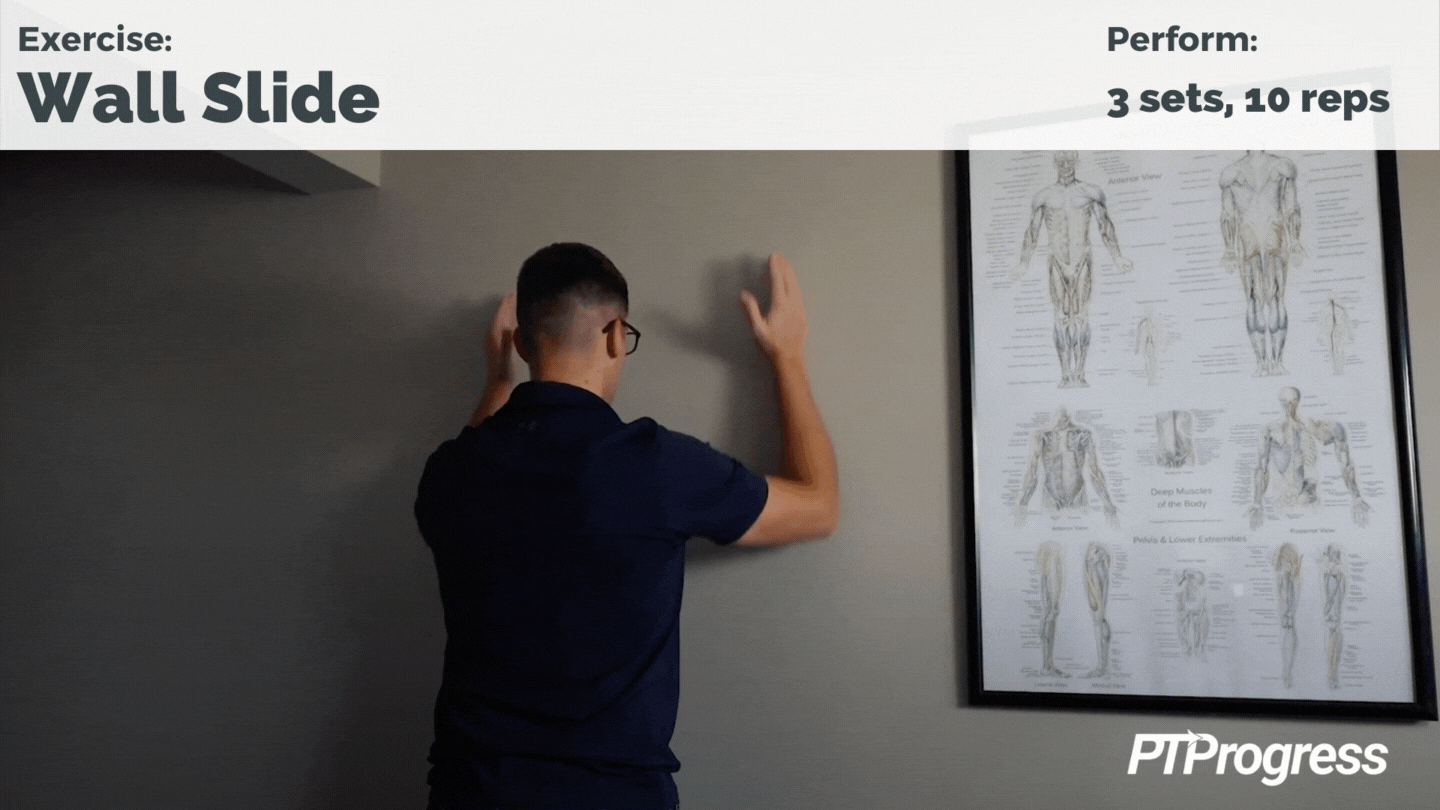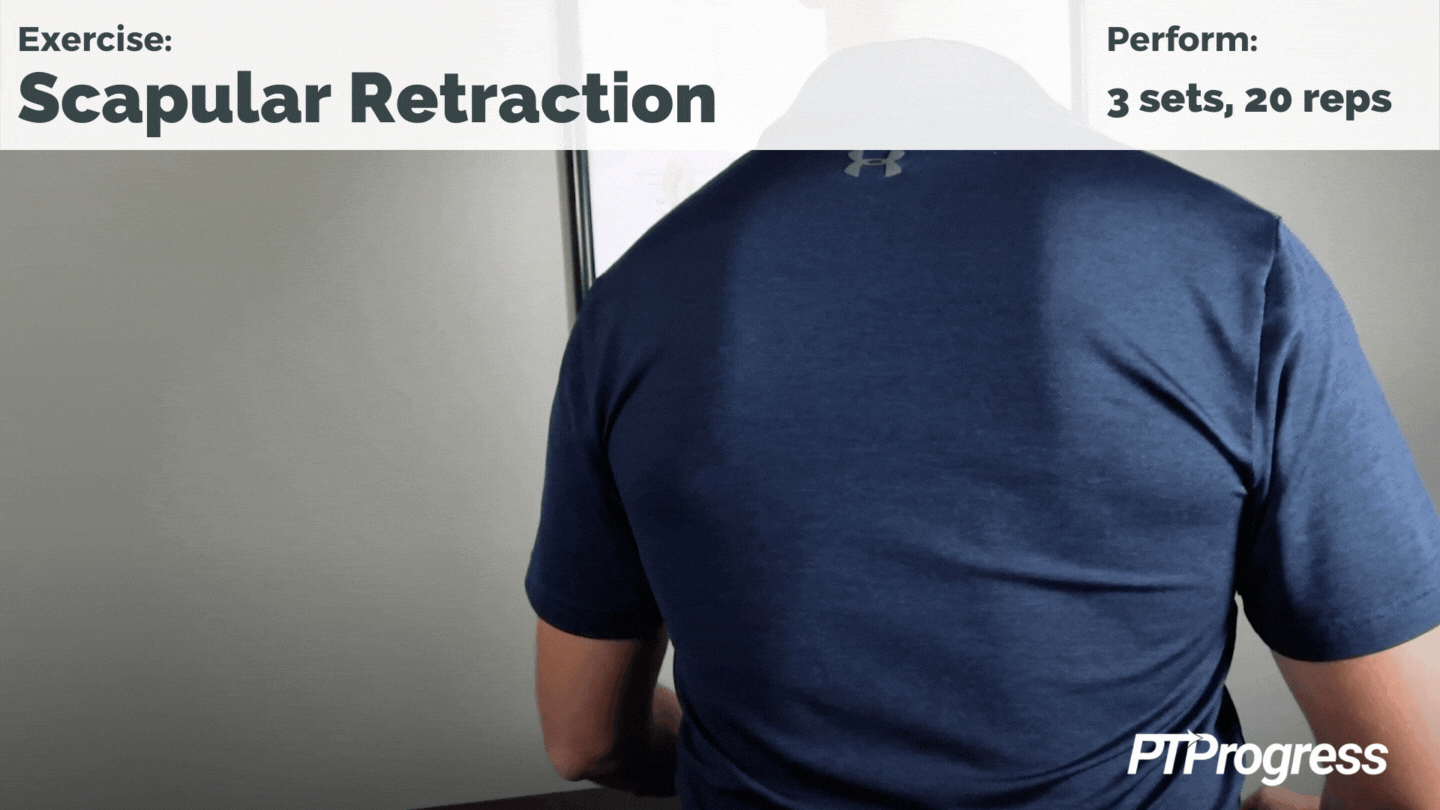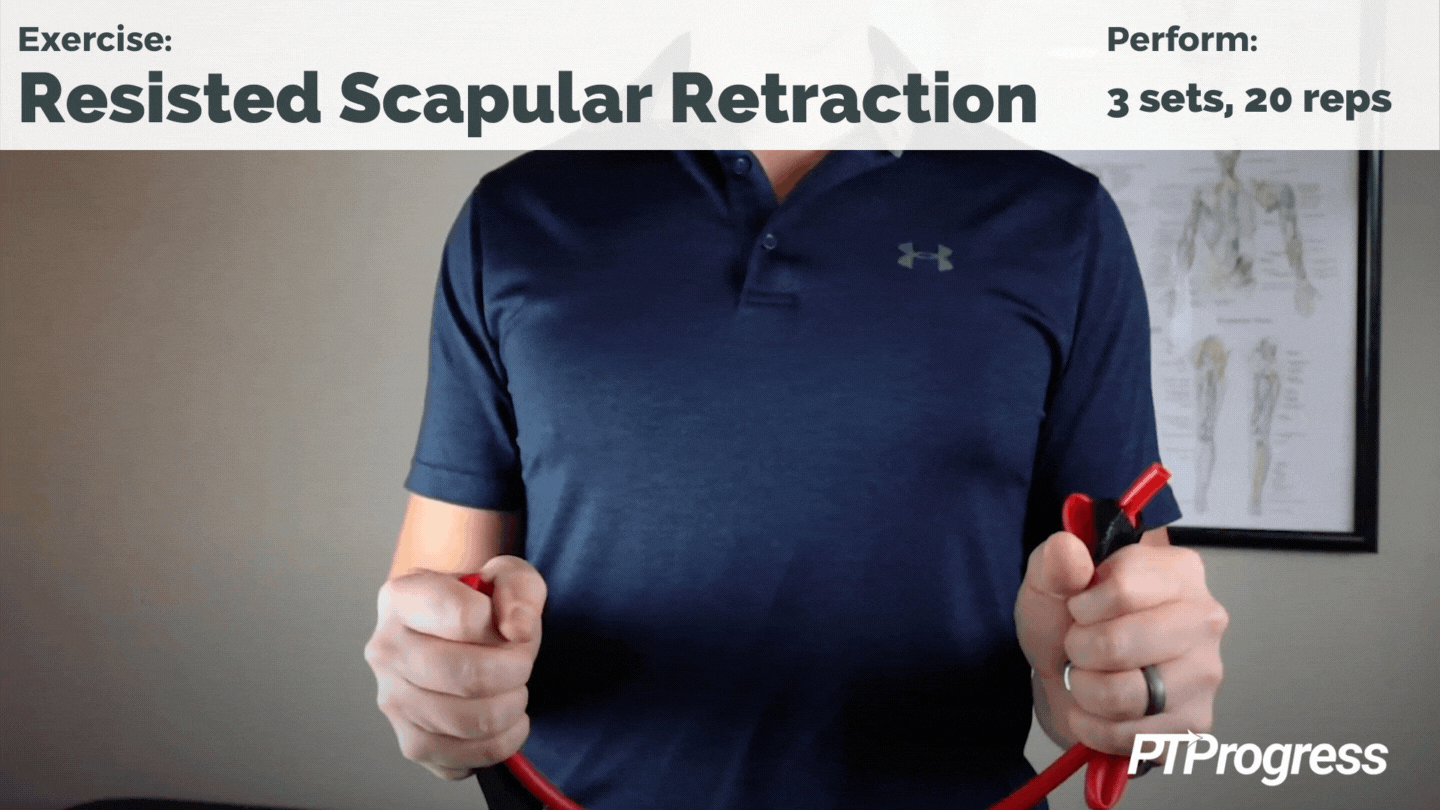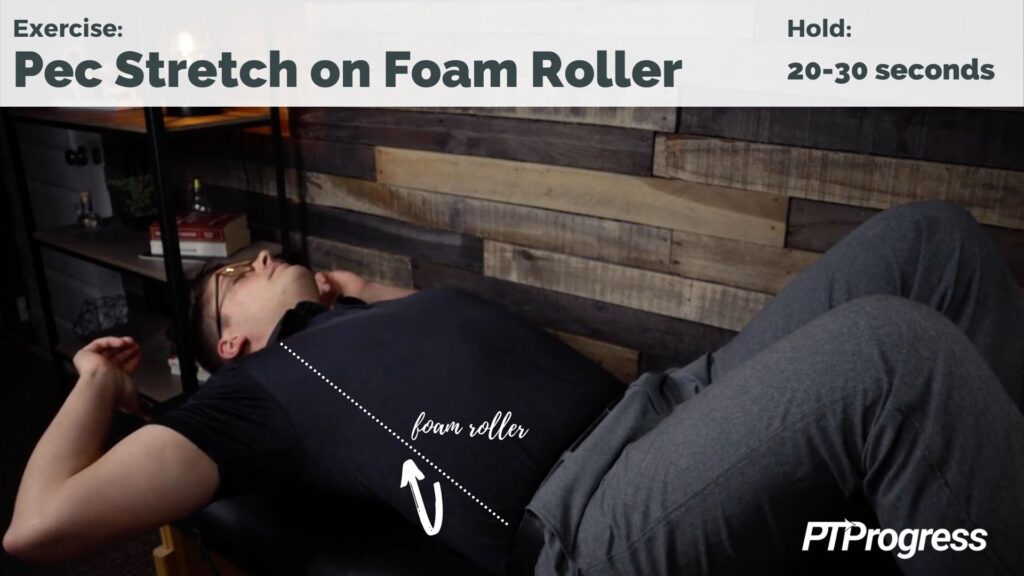
One of the telltale signs of aging is a shrunken stature and slumping shoulders. But even as you grow older, it’s possible to grow taller and stronger. The key to better posture is stronger muscles in the right places. With these posture exercises for seniors, you can train your core muscles to keep you upright.
3 Posture Exercises for Seniors
Before jumping into these exercises, see if you have the following equipment:
- A blank wall (harder to find than it sounds)
- Some light resistance bands
- A foam roller or rolled-up towel
These accessories will help you have better form, develop stronger muscles, and see greater results.
Finally, remember that exercise should never be painful. Your muscles may get fatigued after this workout, but if you feel sharp pains in your neck or shoulders while doing any of these movements, stop the exercise.
Wall Slides
A wall slide looks easier than it is, but after just a few rounds of these you’ll start to feel it in your shoulders. Weak shoulder muscles inevitably lead to rounded shoulders and tight chest muscles, so a wall slide helps correct both problems by engaging and strengthening the shoulder muscles.
Face an unobstructed wall or door and place your hands about shoulder-width apart on it, palms facing each other. Keep your head and neck in a neutral position as you slowly slide your arms up the wall, as high as you can go without changing your form. Once you reach the top, return your hands by sliding them back down the wall. Repeat this movement 20 times for one set.

The wall slide is a one-two punch for fixing rounded shoulders. It will help improve both your thoracic mobility and the upward rotation of your scapula. But you can take it even further by using flat resistance bands.

Stand on both ends of a resistance band and loop your thumbs around the band so that it outlines a triangle when you place your hands on the wall. Check out the photo for reference. With a little resistance in both hands, you’ll increase the difficulty of this wall slide and expedite your postural improvements.
If you just can’t get enough of wall slides, you can flip over and try reverse wall slides. The idea is the same, except this time you’ll keep your back, head, and thumbs touching the wall as you slide your hands up and down. You can also add a resistance band to a reverse wall slide by looping it behind you and under your armpits.
Scapular Retraction
An essential exercise for any posture workout, scapular retraction retrains your shoulders to square up and undo the forward motion we’re so accustomed to.
If you spend most of your day sitting down, you’re much more likely to slouch forward – such as when looking at a computer or phone. Sustaining this position all day is one of the biggest contributors to poor posture.
To counteract this habit, practice scapular retraction by squeezing your shoulder blades together – not all the way, but enough so they’re square on your back.

Be careful to not overextend as you retract your shoulders. If you hike up your shoulders, you could engage other muscles, such as the upper trapezius, that may counteract the movement.
Once you have this small motion down, turn it into an exercise. Squeeze your shoulder blades 20 times in a row every hour or so. You can even set a timer to go off at the top of every hour as a reminder to perform your 20 reps of scapular retraction.
To progress the exercise, add external rotation. Grab a resistance band, with one end in each hand, and hold it taut with your elbows hugging your waist. Stretch the band by rotating your arms out away from each other, keeping your elbows at your waist and sliding your shoulders back. Repeat 20 times, and shoot for 3 sets of this exercise each day.

If you need support as you do this exercise, stand with your back against a wall. You can also use the wall as a guide to keep yourself upright so that you perform the movement correctly.
Pec Stretch
The last piece to this 3-movement drill is called a pec stretch – your chance to team up with gravity and stretch your tight chest muscles while lying down. A foam roller or rolled-up towel will help you deepen this stretch and get the most out of it.
Lie down on a flat surface (your bed will do) with the foam roller or towel directly under and along your spine. Make a “W” with your arms by turning your arms out, with palms towards the ceiling and elbows slightly bent. You should feel a nice stretch along your chest; hold this position for 20-30 seconds.

To make this an active stretch, slowly raise your arms above your head, as if you’re making a snow angel. Focus on your breath: exhale as you bring your arms overhead, and inhale as you bring them back to your start position. Repeat this motion 10 times per set.
More Posture Exercises for Seniors
Looking for more ways to improve your posture? These three exercises may keep you plenty busy during the day, but there are a few things you can do at night, before you sleep, to help continue your progress.
Finally, although poor posture is a nuisance, poor balance is far worse. Check out this article for exercises you can do every day to improve your balance and avoid household falls.
Thanks for reading!
Want to Improve Your Balance?
Get the guide!

Download my entire balance guide with over 40 exercises created by a Physical Therapist:
21 Days to Better Balance
Long-term Effects of Poor Posture
Did your mom ever tell you not to make a funny face too much, otherwise “it’ll stay that way?” Although by now you discovered this wasn’t the case for faces, it absolutely is the case for slumped shoulders. The longer you hold your body in forward head posture, the more it will stay that way; it will even adapt by building up fat deposits until you have a dowager’s hump.
But the effects of a lifetime of lurking are not irreversible. The human body is one old dog that can learn new tricks, and by correcting the source of the problem of poor posture, you can unlearn the bad habits that make you slouch.
Wearing a posture corrector brace is probably not enough to correct decades of slumping. Rather, to see lasting results you need a steady routine of posture exercises for seniors.

